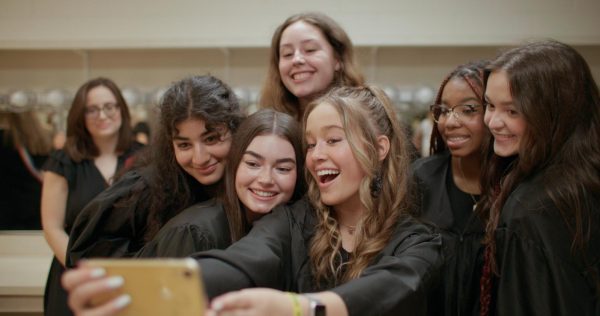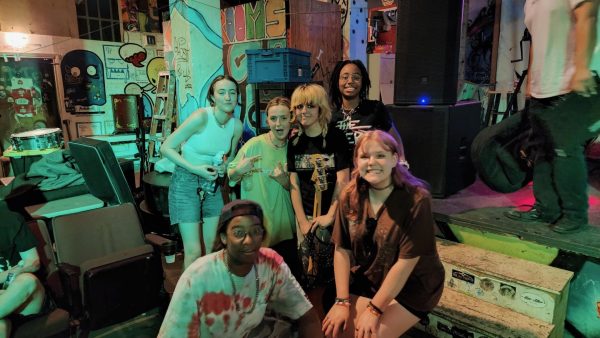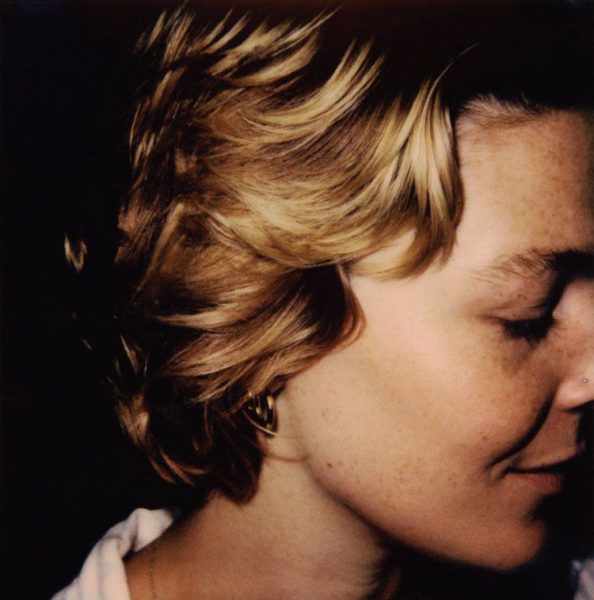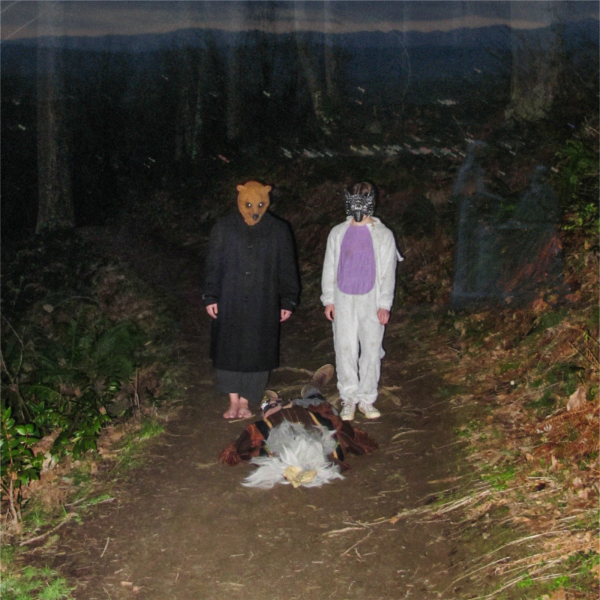Listen to the voice of nature, Attenborough’s new documentary warns
November 19, 2020
In a recent documentary, the voice of nature has, at long last, spoken out. It’s weathered, deep and gravelly. It’s angry, upset and frightened. But, it is simultaneously uplifting, energized and confident in a brighter future.
No, it’s not Mother Earth. But it’s close enough. It’s the voice of English broadcaster and naturalist David Attenborough. It’s the voice that permeated your childhood, narrating shows like “Planet Earth.” It’s the voice that taught you more about nature, animals and the world than any science class never could. It’s the voice that carried you into distant lands, and that brought seemingly unreachable destinations to life around you.
His new documentary, titled “David Attenborough: A Life on Our Planet,” and coined by Forbes as, “the most important documentary of the year,” is described simply by Attenborough: it’s his “witness statement and vision for the future.”
Now, Attenborough is not telling the story of exotic animals from around the world. He’s not talking about gelada baboons climbing cliffs or marine iguanas gulping down seaweed or polar bears gazing out at a pristine world for the first time. At 94, he’s telling his story, and the story of our planet.
By chronicling his life in tandem with the rapid decline of this world, Attenborough showcases the imperative need to restore vitality to our planet. In his documentary, Attenborough asks the viewer to look out over their world for the very first time and see what they can do to change the course of the planet.
For 70 years Attenborough has traveled the globe, criss-crossing continents and countries and exploring the far reaches of this planet. For the past 70 years, Attenborough has watched these untouched areas slowly dwindle, and then rapidly disappear, like a smoldering fire that sparks on brush.
In the 1950’s, Attenborough was young and energetic, with his life and the world ahead of him. Mainstream global air travel opened the barred doors to the natural world, and Attenborough sped through them, sailing and flying around the globe as a young naturalist.
But as the documentary continues, an animated ticking meter depicts the decline of our world due to the rapid increase in global population, the soaring amounts of carbon in the atmosphere and the drastic decrease in remaining wilderness.
For the first half of the documentary, Attenborough focuses on one central message; the 20th century may have been defined as a time of discovery, advancement and awe, but it will be remembered as a time of ignorance, destruction and decline.
The current century, however, which Attenborough will not live through, remains unwritten, and our generation still has the chance to choose what mark they will leave on this planet. The second half of the documentary juxtaposes two starkly different possible futures: one that will fill your stomach with dread, and one that will fill you with hope.
Attenborough first portrays the dystopian world of the next century. Although it may appear to be a hyperbolic parade of horribles, it is the scientifically proven future we are barreling toward, one where the natural world collapses completely in our lifetimes. Each decade, another biome slips away: the Amazon reduced to a dry savannah, the Arctic becomes ice-less, the ocean loses its coral reefs, and the world, partly inhabitable.
The big numbers and the threatening vocabulary are one wake-up call. But seeing my planet decline and falter, watching my home burn and collapse to the ground, envisioning the disintegrating world that my children and grandchildren will inhabit? These images bring new resonance to Attenborough’s message.
Suddenly, he switches tones, presenting the rosy utopic future where we rewild the planet. As Attenborough explains, the natural world is our greatest resource in the fight against climate change. For millions of years, forests and oceans have absorbed and stored carbon from the atmosphere, and they will continue to do so. Our planet can be powered with natural resources including solar, wind, geothermal and hydroelectric energy. But with massive population growth, natural resources are being expended far too quickly. By raising standards of living around the world, the population will begin to plateau, giving nature the leeway to thrive. It is critical that we let nature do its job, that we stop considering nature as a victim and instead as our biggest ally, that we work with rather than against this planet.
We are at a crossroads. Two different paths, each accessible, lead to two drastically different futures. There is no fairy godmother who will sprinkle magic powder over the planet and make everything right. But humans are an incredible species, and we have the tools to right our wrong. It only takes the determination and initiative to do so.
Perhaps this is a message you have heard thousands of times over the past decade. Perhaps you have scanned thousands of headlines that blare the dangers of climate change and the inevitable collapse of the planet.
Yet, Attenborough’s documentary feels less like doom and gloom and more like an homage to our planet and a recognition of our potential to revitalize it. It flashes images of the abhorrent damage done to nature: the overfishing, the deforestation and the melting ice caps. But despite this, it portrays the beauty of our planet. By pulling scenes from biomes around the world, the documentary allocates long moments of silence to the simple allure of nature. In these moments, Attenborough steps off the stage and hands over the microphone to the wild, allowing it alone to transfix viewers. He gives nature the chance to speak for itself.
More than anything, ‘David Attenborough: A Life on Our Planet’ proves that nature is something worth fighting for. Nature is something miraculous, something irreplaceable and something that will restore balance to our world.
If only we work with it to do so.
This story was originally published on The Burlingame B on November 18, 2020.
































![IN THE SPOTLIGHT: Junior Zalie Mann performs “I Love to Cry at Weddings,” an ensemble piece from the fall musical Sweet Charity, to prospective students during the Fine Arts Showcase on Wednesday, Nov. 8. The showcase is a compilation of performances and demonstrations from each fine arts strand offered at McCallum. This show is put on so that prospective students can see if they are interested in joining an academy or major.
Sweet Charity originally ran the weekends of Sept. 28 and Oct. 8, but made a comeback for the Fine Arts Showcase.
“[Being at the front in the spotlight] is my favorite part of the whole dance, so I was super happy to be on stage performing and smiling at the audience,” Mann said.
Mann performed in both the musical theatre performance and dance excerpt “Ethereal,” a contemporary piece choreographed by the new dance director Terrance Carson, in the showcase. With also being a dance ambassador, Mann got to talk about what MAC dance is, her experience and answer any questions the aspiring arts majors and their parents may have.
Caption by Maya Tackett.](https://bestofsno.com/wp-content/uploads/2024/02/53321803427_47cd17fe70_o-1-1200x800.jpg)
![SPREADING THE JOY: Sophomore Chim Becker poses with sophomores Cozbi Sims and Lou Davidson while manning a table at the Hispanic Heritage treat day during lunch of Sept 28. Becker is a part of the students of color alliance, who put together the activity to raise money for their club.
“It [the stand] was really fun because McCallum has a lot of latino kids,” Becker said. “And I think it was nice that I could share the stuff that I usually just have at home with people who have never tried it before.”
Becker recognizes the importance of celebrating Hispanic heritage at Mac.
“I think its important to celebrate,” Becker said. “Because our culture is awesome and super cool, and everybody should be able to learn about other cultures of the world.”
Caption by JoJo Barnard.](https://bestofsno.com/wp-content/uploads/2024/01/53221601352_4127a81c41_o-1200x675.jpg)










